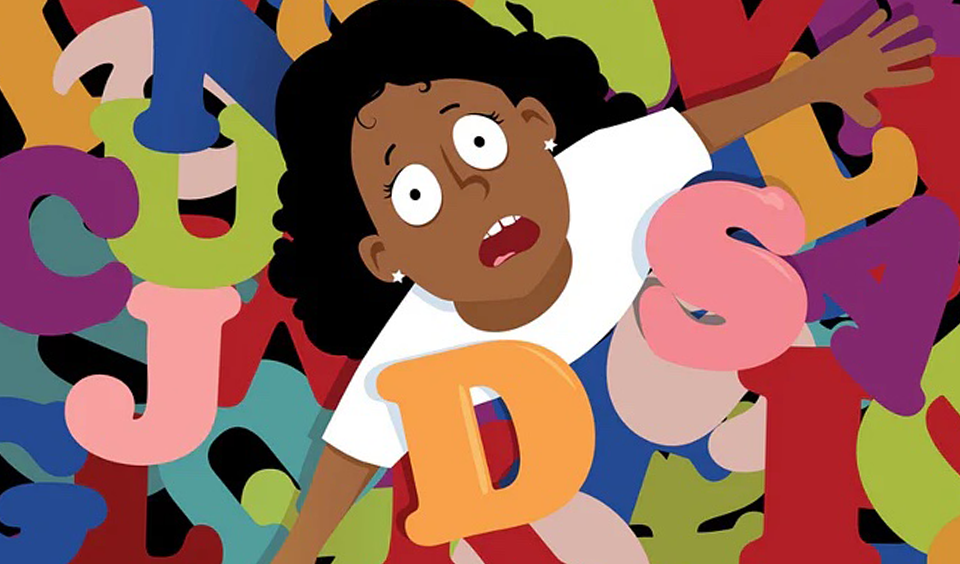The National Institute of Mental Health describes Attention-deficit/hyperactivity disorder (ADHD) as “an ongoing pattern of inattention and/or hyperactivity-impulsivity that interferes with functioning or development.” The commonly observed symptoms among children with ADHD are inattention, hyperactivity, and impulsivity, which means that an ADHD child will have a lower attention span that will inhibit their ability to stay on task. It is challenging for the children, parents, and teachers; hence ADHD is recognised as a learning disability.

Signs and Symptoms of ADHD
Inattention, hyperactivity, and impulsivity are common in varying degrees among all children; however, it is more aggravated in ADHD children and inhibits their capability to function to their optimal capacity socially or at school. Some of the symptoms, as mentioned on the NUMH website are –
- Making careless mistakes and overlooking details
- Difficulty in paying attention during conversations, while playing, or in class
- Appear not to listen even when addressed directly
- Have difficulty following instructions and finishing schoolwork, or chores, or may start a task but lose focus
- Facing difficulty in organising tasks and activities, keeping things in order, managing time, or meeting deadlines.
- Avoid tasks requiring sustained mental effort such as homework
- Being forgetful, losing, or misplacing things
- Easily distracted by unrelated thoughts or stimuli
- Being fidgety in class and unable to sit in one place for any duration of time
- Must keep moving constantly and talks excessively
- Answers questions before they are completed, finishes other person’s sentences, or speaks without waiting their turn during a conversation
To be diagnosed with ADHD, the above-mentioned symptoms indicating inattention, hyperactivity and impulsivity must be chronic and long-lasting. It may be factors impairing a person’s normal functioning and result in their falling behind the typical development phase. These symptoms and difficulties in the classroom must be addressed by providing children with special provisions.
Indian Education System for ADHD Students
As per the Right to Education Act, “no school can deny admission to a child on disability grounds” and the state must sensitise teachers and staff to the needs of such children. Due to a lack of sensitivity and knowledge on the part of teachers, often these children are stigmatised, and there have been many instances of such students being expelled from school for misbehaviour.
However, there is legal recourse available for such students and courts have mandated that schools must have special orientation programmes for teachers and students to help them adjust.
Most ADHD children are diagnosed in their elementary school years, although these symptoms can be mistaken for disciplinary problems leading to delays in diagnosis. Also, the teachers in regular schools often do not have the requisite resources, knowledge, or time to cater to the specific needs of ADHD children.
Indian society and ADHD Girls
Though more boys than girls are affected by ADHD, the symptoms tend to be aggravated and lead to other mental disorders among girls. Sadly, girls with ADHD symptoms are often overlooked and stigmatised for what is perceived as their “bold” or “loud” behaviour, leading to other social problems.
The National Institute of Open Schooling (NIOS) helps ADHD children
NIOS offers many alternatives for slow-learning students since the courses are framed to match the speed of the child. It offers distinct benefits for children with ADHD by giving the teacher space to adjust to the student’s educational, social, and emotional issues. The educator can build an understanding relationship with the student and support them with differentiated instruction, specialised program delivery and regular counselling.
The alternative learning programmes of NIOS helps teacher and students alleviate the stress arising from the student’s inability to cope with the rigours of a regular programme.
